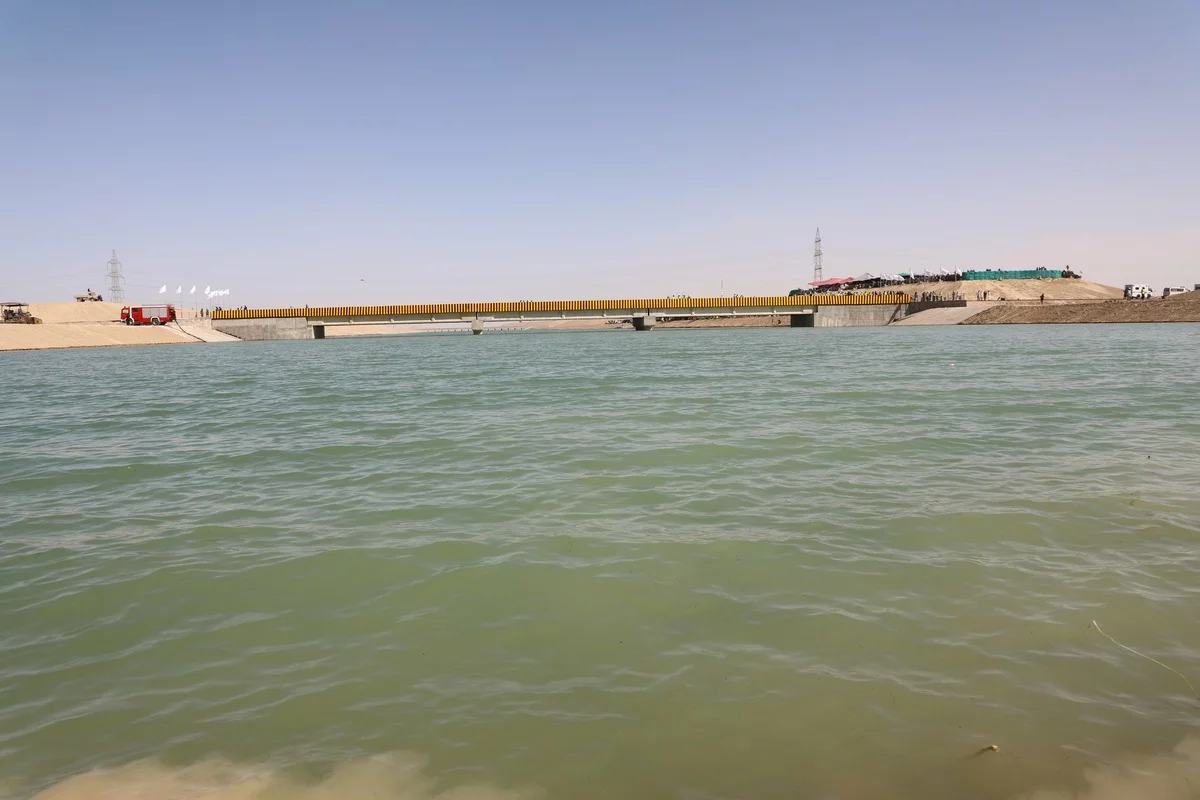
The collapse of a high-profile dam in Afghanistan's Khost province after just five days has caused serious concern among residents. The incident has once again exposed the state of the country's water supply and construction sector.
The construction of this small dam, located in the Garbaz district of Khost province, was inaugurated by the Taliban's Minister of Water and Energy, Abdul Latif Mansur, just five days ago. However, it has once again shown how fragile such improvised structures are in the face of the forces of nature. According to local sources, the dam collapsed due to a strong current and the entire structure was washed away.
According to local residents and information circulating on social media, not even 5 million Afghanis (about 71 thousand US dollars) were spent on the construction of this dam. This has further fueled speculation about the poor quality of construction and lack of project control. In particular, the lack of a transparent system of control over the construction projects being carried out by the Taliban raises doubts among the population.
It is noteworthy that in 2024, the Taliban movement planned to build about 100 small water dams of this type in order to prevent water shortages and droughts in Afghanistan. At that time, Abdul Latif Mansur said that these structures would be able to replenish groundwater reserves and meet the population's water needs. However, the collapse of the first constructed and inaugurated structure was a blow to the hopes of the population.
In particular, the safety and durability of such water-related structures is of great importance to the Afghan population. Because the scarcity of water resources has become a serious problem in the country, and the circumstances associated with nature and climate change are further aggravating this problem.
In addition, Khost province has previously been in the spotlight with similar unusual events. In particular, in January 2024, the remains of at least 100 people were found during the construction of another new dam in the same province. Officials later stated that these bones belonged to people executed and buried in mass graves in 1979, during the Soviet-backed government in Afghanistan.
These circumstances also indicate that the water facilities being built in Afghanistan are not only related to natural disasters, but also to historical events. Today's incident has once again drawn attention to the problems in the country's water resources.
In general, after this incident, it became clear once again that the Taliban government in Afghanistan needs to strengthen its control over design and construction. Otherwise, such problems are likely to recur and the public's trust in the state will decrease even further. Read “Zamin” on Telegram!
Ctrl
Enter
Found a mistake?
Select the phrase and press Ctrl+Enter Related news
Information
Users of Меҳмон are not allowed to comment this publication.
Users of Меҳмон are not allowed to comment this publication.














